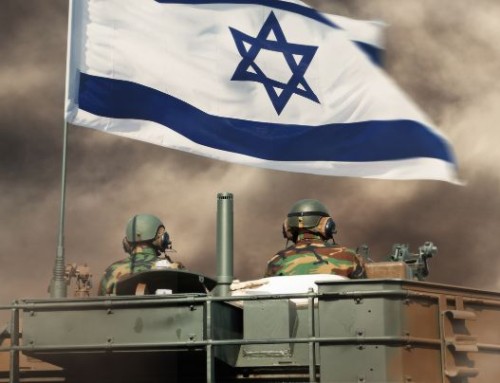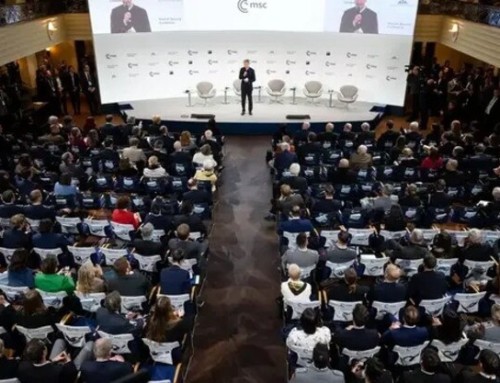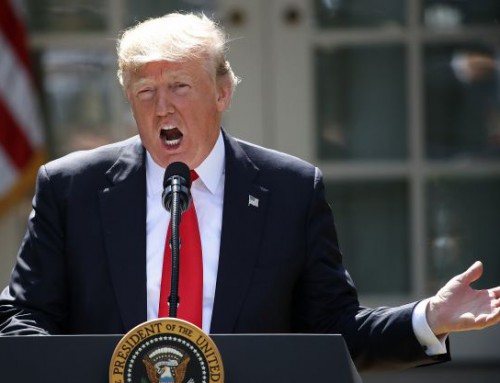Brussels: Last year, the Obama administration released its latest strategic guidance for the Pentagon. The lead headline read “U.S. pivots to Asia.” As a result, virtually every state from the Atlantic approaches to Europe to the distant reaches of the Pacific was angered, frightened, puzzled or stunned by the way the new strategy was rolled out. The Pentagon made the best of a bad situation calling the strategic pivot “rebalancing.”
The arguments for shifting focus to Asia are clear if not correct. The growth of Chinese and Indian economies are important reasons for altering American interests, no doubt magnified by the trillions of dollars of US debt and equities held by China. And China’s increasing defense spending to modernize its military, given the many territorial disputes and historic rivalries in the region, is viewed with caution if not alarm.
No existential or even realistic military danger threatens Europe despite Eastern European states neuralgia about Russia. The Euro crisis, stagnant or declining economic growth and understandable concentration on domestic issues are further arguments for America moving away from Europe to Asia as a significant driver of its interests. Of course, Washington understands it cannot ignore the greater Middle East given the growing chaos and potential for greater violence including using force to prevent Iran from obtaining nuclear weapons – although those considerations were sadly understated in announcing the pivot to Asia.
At NATO headquarters in Brussels, a seemingly more optimistic assessment of the situation masks real concerns. Senior officials are positive about progress in Afghanistan in transferring responsibility to Afghan Security Forces despite reports and arguments to the contrary. Given reduced defense spending by almost all NATO members and understanding that the U.S. too will face more severe cutbacks, U.S. officials are still echoing former Secretary of Defense Robert Gates challenge to allies to increase resource commitments and are calling for “tough love” in getting allies to do more.
Yet, as NATO withdraws from Afghanistan and defense budgets contract, large cuts in NATO’s training and exercise accounts are inevitable meaning less military readiness and capability. Ironically, as the US appetite for expeditionary operations declines, Iran accepted, Europe’s may be increasing. The Libyan humanitarian crisis in which Britain and France elected to use force before the U.S. and Mali where the French unilaterally intervened are evidence of this reversal of missions. However, European militaries lack the “enablers” for expeditionary operations to include aerial tankers, logistics including air and sea lift, intelligence, surveillance and reconnaissance (ISR) and large stocks of smart munitions.
Hence, if and when NATO states see the need for further intervention, for larger operations in scope and duration, none can be done at acceptable levels of risk without American enablers.
Given the reluctance of any American administration to abandon a strongly declared strategy, what might the Obama administration do to bolster allies in Europe and reinforce NATO cohesion at a time when members are looking inwards and can no longer rely on the strength of existential military threats to contain otherwise centrifugal and divisive political forces?
First, withdrawal from Afghanistan and the 2014 NATO summit of heads of government offer an opportunity for adjusting or updating NATO’s strategic concept adopted at the 2010 Lisbon summit. These adjustments could include trimming back NATO’s ambitions to conduct in six simultaneous operations which are simply no longer realistic and by placing greater emphasis on the U.S. for the enabler burden with the quid pro quo of relying less on its deployed fighting forces.
Second, further defense cuts and declines in capability are inevitable barring an extraordinary event or events. That being the case, “tough love” to cajole or coerces the allies to spend more is bound to fail.
Third, sustaining alliance cohesion and command and control capacity for nations to operate together emerge as the highest priorities.
Fourth, “smart defense” and “connected forces initiatives” to achieve maximum effectiveness and efficiencies in the use of resources must give way to a “brains based” strategic approach in which we think (as we cannot spend our way) clear of danger.
Despite the requirement for consensus, meaning unanimous agreement by all 28 members and other bureaucratic and political constraints such as diverging national and alliance interests, NATO has a surprisingly wide array of resources to exploit. Among these are eighteen Centers of Excellence established and paid for by individual states to generate cutting edge solutions operational challenges from countering Improvised Explosive Devices to enhancing air defenses. Presided over by Allied Command Transformation in Norfolk, these centers could be coordinated and chartered to take the lead in providing brains based approaches to finding new answers to current problems.
None of these initiatives necessarily costs more money. What is required is the will to act. And will is the only way to pivot back to our longest standing allies in Europe.





